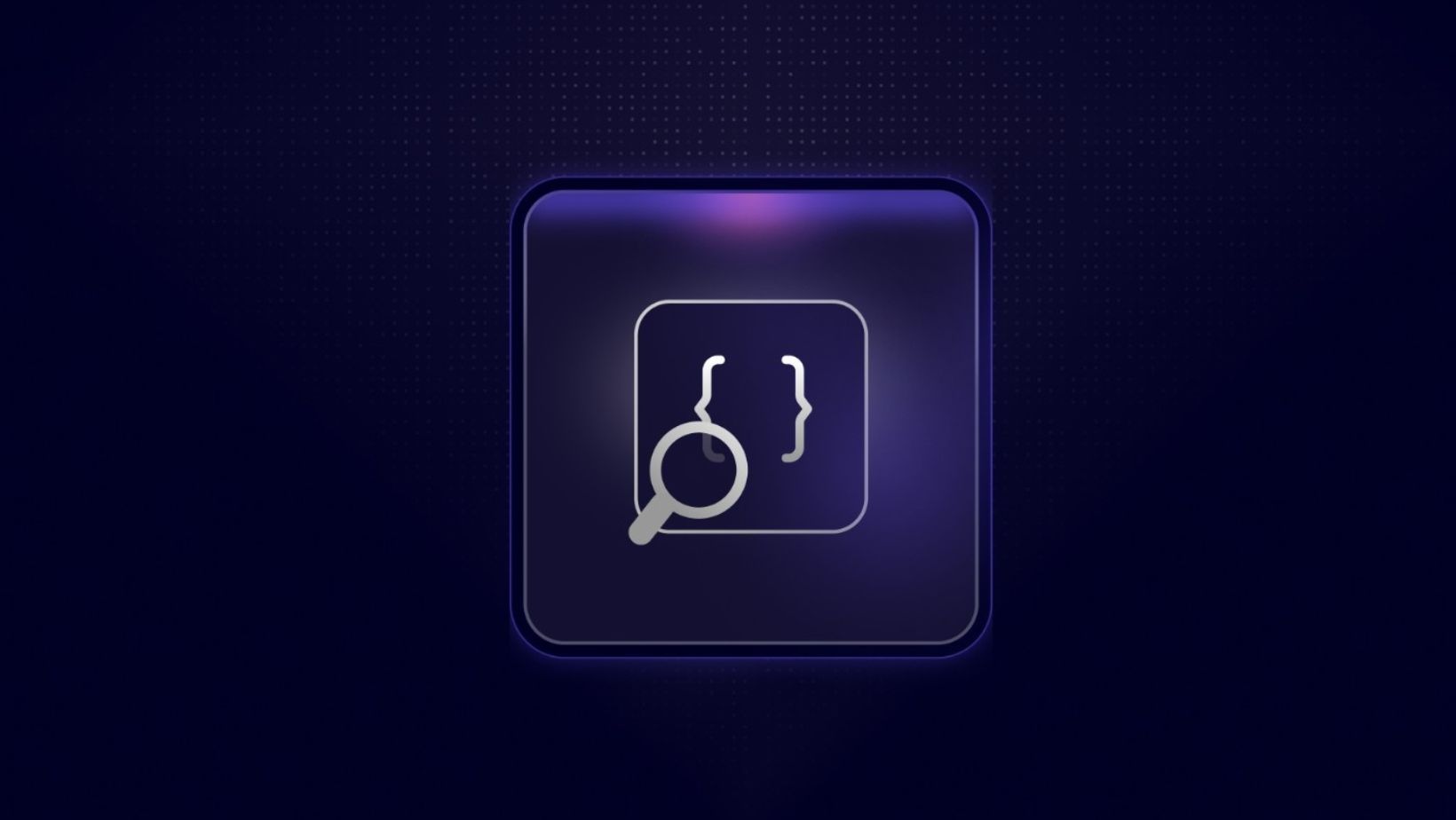
Security backlogs have a tendency to grow endlessly. For fast-scaling tech companies, the constant stream of alerts from various scanners can create a sense of being perpetually behind. The list of vulnerabilities gets longer, priorities become muddled, and development teams grow weary of the noise. While a long-term, comprehensive security strategy is essential, sometimes you need immediate results to build momentum, demonstrate progress, and make a tangible impact on your risk posture—today.
Instead of trying to boil the ocean, what if you could take a few high-impact actions this quarter that would dramatically improve your security? The goal isn’t to achieve “perfect security” overnight but to make smart, strategic moves that deliver the greatest return on effort. By focusing on quick wins, you can cut through the noise, show measurable progress to leadership, and foster a better relationship between security and development teams. It’s about being effective, not just busy.
Here are several high-impact actions you can take this quarter using your vulnerability management tools to strengthen your security posture right away. For additional best practices, you might also explore the OWASP 10 and review guidance from SANS Institute for practical security steps.
1. Eliminate the Noise: Auto-Triage Non-Production Alerts
One of the biggest drains on a security program’s resources is chasing down vulnerabilities in non-critical environments. A “high” severity alert in a developer’s temporary feature branch simply does not carry the same weight as the same alert in your main production code. Yet, many security dashboards treat them equally, flooding developers with irrelevant notifications and creating alert fatigue.
Your Quick Win: Configure your vulnerability management platform to automatically triage or deprioritize findings based on the code repository and branch.
Create rules to:
- Auto-ignore or lower the severity of vulnerabilities found in test, dev, or staging branches.
- Mute alerts from forks or experimental repositories that will never be deployed.
This single action can reduce incoming alert volume by over 50% in many organizations. It allows your team to focus exclusively on the vulnerabilities that exist in your main or production branches—the code that is actually running and exposed to risk. You immediately free up developer time and mental energy, making them more receptive when you flag a genuinely critical issue.
2. Hunt for Known Exploits First
Not all vulnerabilities are created equal. Some are theoretical, while others are being actively used by attackers in the wild. Prioritizing based on CVSS scores alone is a flawed strategy, as it lacks real-world context. A vulnerability with a known, public exploit is an active threat that should jump to the front of the line, regardless of its score.
Your Quick Win: Integrate a known exploited vulnerability (KEV) feed into your prioritization process.
Most modern vulnerability management tools can integrate with threat intelligence feeds, such as CISA’s Known Exploited Vulnerabilities Catalog and US-CERT Alerts.
This quarter, make it your mission to:
- Identify all vulnerabilities in your production environment that appear on the KEV list.
- Create a dedicated sprint or task force to remediate this specific list of issues.

Fixing a dozen actively exploited vulnerabilities provides a far greater risk reduction than fixing a hundred low-risk, theoretical ones. This focus allows you to report a clear, measurable improvement in your security posture to your CISO and board: “This quarter, we eliminated all known, actively exploited vulnerabilities from our production applications.”
3. Map Your Attack Surface by Exposing “Reachable” Flaws
A significant portion of security alerts are for vulnerabilities in code that is never actually executed or reachable by an attacker. For instance, a flaw might exist in a dependency that your application has installed but doesn’t use. These are false positives that waste countless hours of investigation.
Your Quick Win: Enable reachability analysis to differentiate between theoretical and actual risks.
Advanced vulnerability management platforms can perform reachability analysis. They trace the application’s code paths to determine if a vulnerable function can be called by user-controlled input. If a flaw exists in a library but no part of your code ever calls that function, the risk is negligible.
This quarter’s action is to:
- Run a reachability scan across your most critical applications.
- Automatically dismiss all vulnerabilities identified as “unreachable.”
This process provides a more accurate view of your true attack surface. Like auto-triaging non-production alerts, this can eliminate a massive number of false positives, allowing your team to concentrate on the much smaller subset of vulnerabilities that pose a real-world threat. This focus on verifiable risks is a core tenet of effective risk management frameworks like those from NIST.
4. Automate the Workflow: Integrate with Your Ticketing System
One of the biggest points of friction between security and development is the handoff process. Emailing spreadsheets, sending Slack messages, or creating PDF reports are inefficient and prone to error. To fix vulnerabilities quickly, the process must be seamless and fit into the developers’ existing workflow.
Your Quick Win: Integrate your vulnerability management tool directly with your project management system (e.g., Jira, Linear).
Set up automations so that when a new, critical, and reachable vulnerability is discovered in the production branch:
- A ticket is automatically created in the developers’ backlog.
- The ticket is pre-populated with all relevant context: the repository, the file, the line of code, and a link to the vulnerability details.
- The ticket is auto-assigned to the team or developer who owns that code.
This closed-loop system removes the manual back-and-forth. It turns vulnerability remediation into just another task in the sprint. Developers get the information they need where they are already working, which dramatically reduces the mean time to remediation (MTTR).
From Quick Wins to Lasting Habits
These quick wins are more than just short-term fixes; they are foundational steps toward building a more mature and efficient vulnerability management program. By clearing out the noise and focusing on what truly matters this quarter, you not only reduce immediate risk but also build credibility with your development teams. You prove that security can be a partner in building great software, not a roadblock. Start with one or two of these actions, and turn quick wins into lasting, secure habits.







